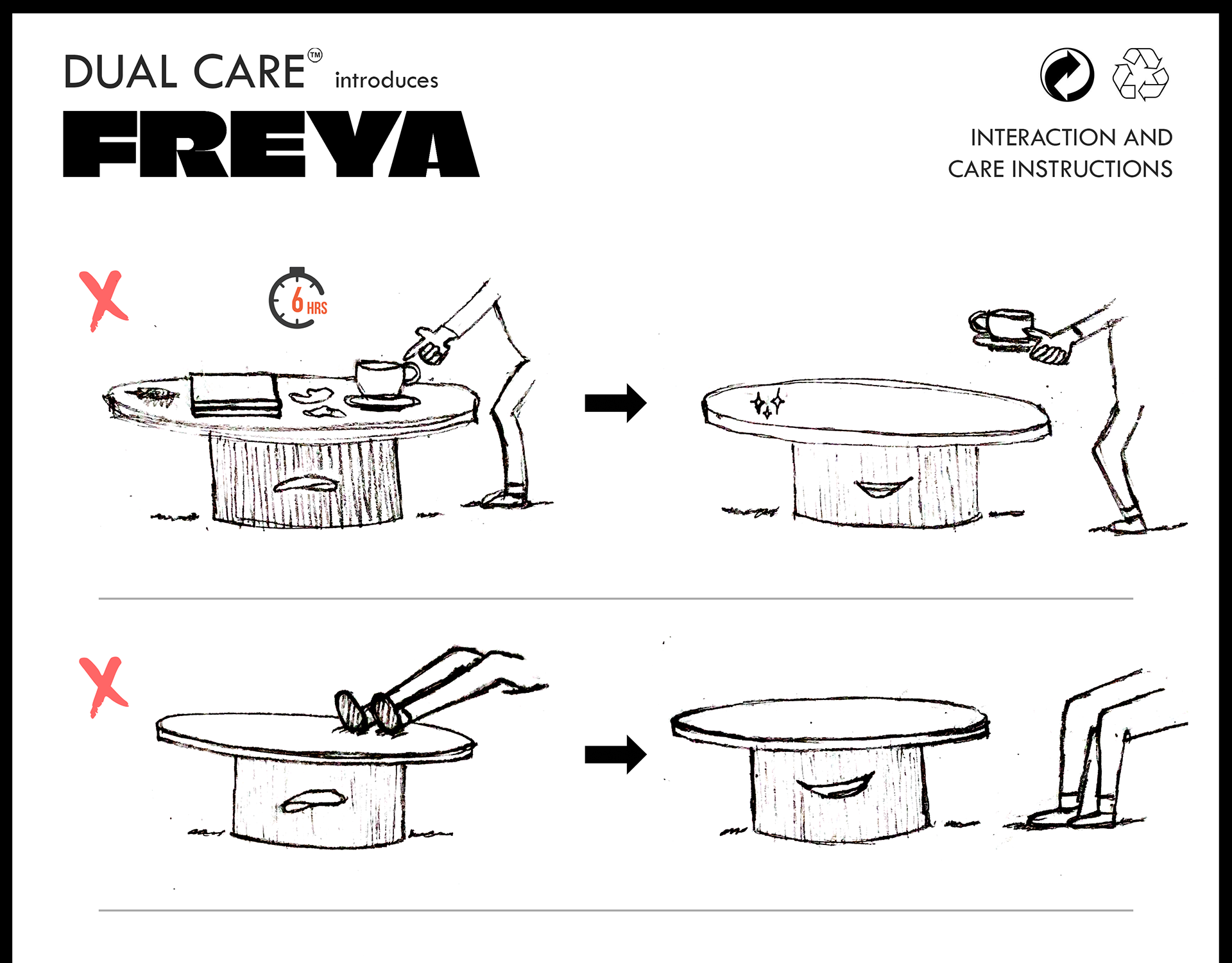Responses to the Emergent Strategy Blog Prompts
1. “I often feel I am trapped inside someone else’s imagination, and I must engage my own imagination in order to break free” (18)
Q: Have you felt trapped inside of someone else's imagination? How have you broken free?
Although other people may have different and albeit much more difficult experiences as an answer to this question, I feel like I owe it to myself to answer this with my humble experience. Something that has come to my attention more than ever lately is the illusion that I am trapped inside someone else’s imagination when meeting new people. I constantly worry about what they must think of me; timid or shy, less outgoing, weird, not as social, does not fit in, vain (because I was told I give that off ‘falsely’ as a first impression). As a result, I overthink the entire scenario and may not engage as much in a conversation, which makes socializing just a lot more difficult for me. On the bright side, however, it has made me a great listener. Listening just comes a lot more naturally to me than speaking about myself or engaging in conversation. I was talking about how I felt about this the other day, and was told, “Maram, because you don’t engage in any conversation, you don’t even get to show them who you really are. You are not even giving them the chance to get to connect with or know you, the real you.” As simple as it sounded, hearing that finally made me make sense of why I was trapping myself in their imagination - I am scared of not connecting with people. Funnily enough, reflecting back at what I wrote in my statement of purpose when I applied for IMA Low Res, one of my main aspirations was to help people connect and be heard. It is funny how I strive to create this for my users/audience through my design/art practice when I perhaps need it the most. Have I broken free of it? Debatable. I am still trying to figure out strategies on how to do so. I am interested in how brown mentions to have more presence and develop critical connections, to live in the ‘now’ and how she engages her own imagination to break free from someone else’s imagination, however I don’t think I quite still understand how to adopt these strategies or implement them.
2. brown often refers to sci fi writers. She quotes Ursula Le Guin saying “It’s up to authors to spark the imagination of their readers and to help them envision alternatives to how we might live.” (19).
Q: Do artists, designers, and technology have that same or similar responsibility? What are the nuances between those roles?
Yes, I believe that we, as a community of creatives and our use of technology as a medium in our practice, definitely have a huge impact on envisioning different alternatives of how we might live our lives. Art and design has always been a reflection of life or lifestyle, what is to stop it from being a reflection from what could be? A reflection of how our life could be transformed. To note some of the subtle differences between an author’s role and a designer/artist’s role are in terms of the medium and the type of experience that could be evoked. The medium of the latter’s role could stimulate all senses, and can deliver a clearer comprehension, in my opinion, of how this imagination could visually look or sound like, etc. to those who find imagination a challenge. The medium can also evoke a sensory experience of a direct and deeper impact, helping the users/audience envision ‘clearer’, especially if it allows for interaction between the artwork and the audience - as if holding a conversation or discussion. The author’s medium however leaves more room for a wider range of perspectives and wider imagination, but is less conversational. Nevertheless, authors are still considered artists - shaping the readers’ imagination with words as their medium.
3. Q: Without overthinking it: which of these elements brown describes most immediately feels evident as part of your creative work, and how? Or, if none of them do, which feels like one you might intentionally integrate, and why?
‘Non-linear and Iterative’ is the element that I feel is more evident in my work. I think with any creative project, there is always a vision at the initial stage of how you expect a project to turn out like, but you end up iterating on what does not feel right or what does not work several times during the process. The final outcome ends up being completely different from what you had envisioned in the first place. I tend to go with the flow of the pathways of change and see where it leads me to in a project, because I mostly take that flow as my process guide. However, this process guide is obviously non-linear and the pace differs, especially when you are stuck at a specific stage or experience a creative block. And sometimes the non-linear process is generally due to my scattered through process, or is due to a sudden incoming flow of so many changes that is hard to document at times.
Reflections on how the reading impacted your research
When reading Emergent Strategy, I found myself relating the theme 'kinship' to the act of deepening one's critical connections instead of running wide with them. Moving on with my research, I will try to focus on aspects that revolve around those critical connections and maybe how they might be represented in photo albums.
How might your topic relate to ‘play’?
Or how might you ‘play’ with your topic?
I am not sure I would like to have a playful approach to this topic yet, however I am open to different interpretations based on further research. Perhaps if I incorporate a VR/AR form, would it be more playful? How can I make it more playful in terms of content?
Initial questions about kinship & photo albums
- What is the definition of kinship?
- Should I explore digital or physical photo albums? Should I explore both?
- What is the relationship between photo albums and kinship?
- Should I also explore photography in this topic?
- What about physical video albums?
- Photo albums and its relation to technology today?
definition of 'kinship' through google
My take on kinship and curiousities
- Do you ever truly resonate with a group of people 100% based on your background?
- Can you even relate to objects more than people?
- Portraits of people and/or photos of objects you have across in your life in a photo album?
RESEARCH
Possible visit:
An exhibition titled 'Kinship: Photography and Connection' held at SFMOMA until November of this year.
'Kinship Photography Collective is a global community of practice creating rich visual conversations that explore the intimate connections between nature, culture and belonging.'
The Differences between Printed and Digital Albums:
"Both printed and digital photo albums have their pros and cons. Printed albums offer a tactile, personalized, and sentimental experience, but they can be expensive and limited in accessibility and storage. Digital albums are convenient, cost-effective, and easy to share and back up, but they lack tangibility, have a limited lifespan, and personalization limitations, and can cause eye fatigue. Ultimately, the choice between printed and digital photo albums depends on you and what the memories of the images mean to you."
Possible literature reviews:
- Revive Family Photo Albums through a Collaborative Environment Exploiting the HoloLens 2
"While human culture evolves, human heritage remains frozen in time, engraved in material culture as a testament to the past. Among such materials, pictures amount to a prominent example, as they yield information and clues about what happened in the past. In fact, pictures from the past represent a unique chance to revive old memories about affections, relatives, friends, special events etc. During all of the 20th century people printed and collected pictures in photo albums, namely family albums. Even if this phenomenon is not as popular as before, due to the advent of digital photography and the spread of social media, such kind of photos are still of interest, for all those who like to look back and discover their families’ pasts. At the time of social distancing, such photo albums may represent a link between people who are forced to stay away from each other and a distraction from worries and fears. For this reason, we here propose an augmented reality application, as a digital application that may bring people together and support the exploration of the content of photo albums with the aid of artificial intelligence paradigms."
- Looking at the family photo album: a resumed theoretical discussion of why and how
"We all know stories about people who saved the family photo album as the most cherished object when they fled from their burning house. Most people agree that family photos represent “something emotional” for the individual owner, no matter what the images actually show: staged ritual events or snapshots of the everyday."
"The albums introduced very briefly and just as illustrative examples here open up the possibility for numerous interpretations, depending on the focus with which one meets them. More generally, family photography can teach us to see new aspects of or develop new approaches to vernacular photographs, to regard them not just as images but as social objects that are entangled with the nature of photography itself. Snapshots and family photographs link people to people, and people to objects or things in their lives. Family albums are of course also strongly related to memory, nostalgia, and the melancholia attached to separation, as Barthes has put forth. And photographs are not just tools of language, discourse, or power, as Bourdieu and later John Tagg have proposed. Rather, they create discourse themselves, and they perform stories about gender, national identity, the family, and much more.
We need to be aware of the importance of considering the emotional aspects of family photography, its function as a social tool, the personal creation of identity, culture, and history, as well as the more sociological and ideological aspects of the material. My album examples are simultaneously a locus of trauma and conflict and a site of love, affection, personal story-telling, and production of subjectivity."
Possible string of an idea
Percentage relevance meter visually represented through resolution scales or pixelation of the photograph. An example is if you relate only 50% to an object or person photographed, you only see 50% of the photograph's pixels or 50% resolution or half the image.
How can I relate this string of an idea to focus on photo albums/guide specifically?







